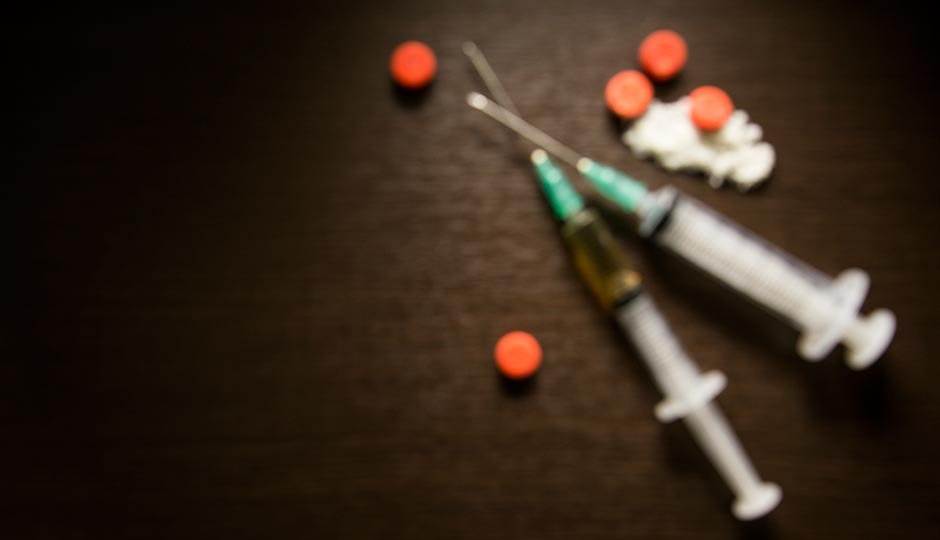State Will Spend $20 Million More to Fight Opiate Addiction Next Year
It’s less than he was hoping for, but Governor Wolf says the money will let the state treat 4,500 new patients.

iStockphoto.com / backpack555
The epidemic of opiate addiction has gotten so bad over the last few years that finding better ways to treat addicts — and to stop the steady increase in overdose deaths — has become a rare point of bipartisan agreement.
The uptick in addiction to heroin and prescription opiates has spread to rural and suburban communities, including those in Pennsylvania. Overdose deaths in the commonwealth increased 14-fold between 1979 and 2014, according to a University of Pittsburgh study. And researchers said there’s no reason to expect that those numbers won’t rise for 2015 and beyond. Drug overdose is now the leading cause of accidental death in the United States — surpassing both traffic fatalities and gun deaths. In Pennsylvania, 2,500 people died of drug overdose in 2014. That number rose to 3,300 in 2015.
This year, Governor Tom Wolf made the opiate crisis a priority of his budget proposal. Wolf sought $34 million which, combined with federal funding, would allow the state to create 50 new Opioid Use Disorder Centers of Excellence, intended to improve the overall treatment of addiction patients with health and social services. In the final spending plan agreed to by the legislature, the state will get $10 million to dedicate to the Centers of Excellence, which will let the state claim $5.4 million in federal funding, according to Wolf spokesman Jeffrey Sheridan.
The new funding will let the state create 20 Centers of Excellence and treat 4,500 new patients, according to Wolf’s office. The state budget, which still has to be matched with revenue sources, also allocates an additional $5 million to existing medical-assistance programs.
That brings the total new investment in addiction programs next year to $20.4 million.
The Centers of Excellence aren’t physical centers, like methadone clinics. Instead, the centers will coordinate teams to provide a range of services to Medicaid patients who enter the health-care system at any of a number of points. New state initiatives require “warm handoffs,” meaning patients who go to the emergency room for drug-related health issues will automatically be connected with a drug-treatment provider upon release. The state is also requiring better monitoring of drug prescriptions, and has placed 400 prescription-drug take-back boxes around the state, intended to cut down on the random excess supply of powerful drugs in home medicine cabinets.
Concern over opiate addiction has grown over the last few years. Early in 2014, Vermont Governor Peter Shumlin dedicated his entire “State of the State” speech to the crisis. In 2015, the federal Department of Health and Human Services outlined a series of initiatives aimed at fighting addiction and overdose deaths — including expanding the availability of naloxone, a drug that temporarily counteracts overdoses. Later that year, Wolf signed a “standing order” that effectively prescribed naloxone for the entire state in an attempt to make the life-saving drug as available as possible.
The increasing political urgency around the issue has coincided not only with an uptick in addiction and drug-related deaths, but also changing perceptions about who is affected by addiction. Drug abuse was long associated with inner cities and communities of color, but the growing opiate crisis has hit white communities especially hard. That’s led even some top government officials to acknowledge what appears to be a double standard.
Wolf acknowledged the opiate crisis as a priority of his administration early on, meeting with health officials to discuss the issue during his first week in office, according to Sheridan, his spokesman. Since then, the governor has attended 27 roundtable discussions across the state to discuss solutions to the crisis.
“I don’t think there’s a place in the country where it’s not a bipartisan issue,” Sheridan said.
Follow @jaredbrey on Twitter.


